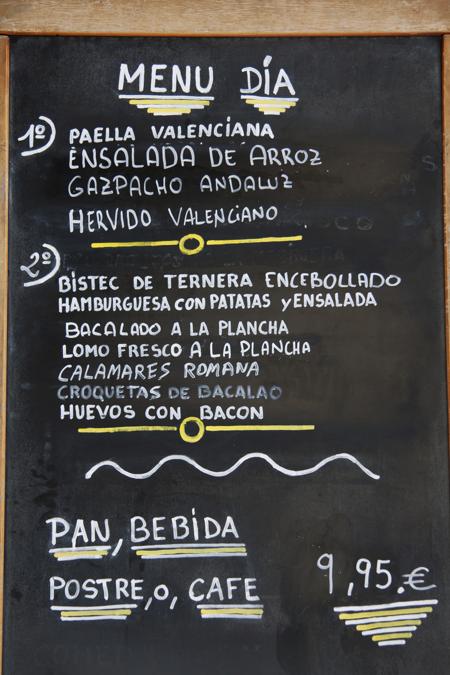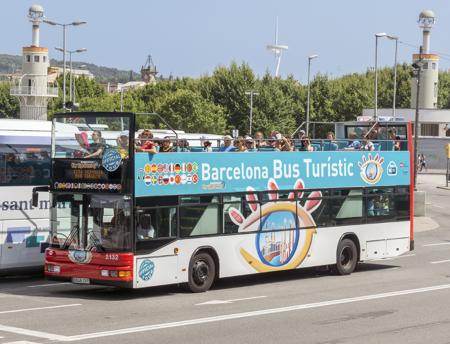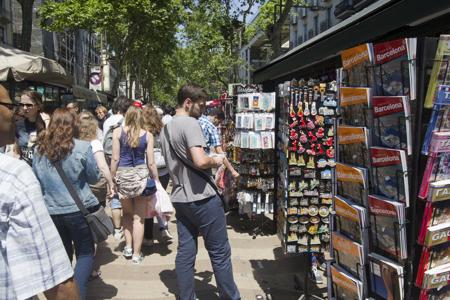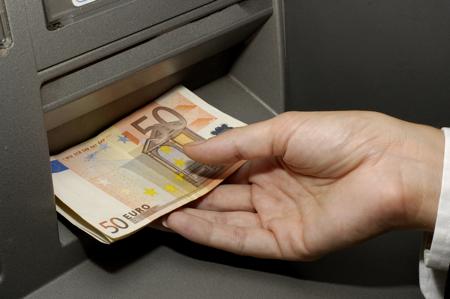

Last-minute deals could be up for grabs on sites like Expedia or Orbitz. But these may not always be enticing enough, which is why early booking is your best bet.

If you’re not comfortable with house-sitting, or if you are traveling in a large group, renting an apartment makes more sense. The overall cost works out to be cheaper, and you always have a kitchen at your disposal―which means that you can cook and save some dough which you would have otherwise spent. You may not believe it, but home-cooked meals save you some serious money, and you only realize it on the penultimate days of your holiday. And as we all know, it is one of life’s greatest joys to discover a surprising stash of our own money when traveling abroad.

Spanish people have a proclivity for late dinners, which is why they gorge on tapas, which are appetizers sold in bars. At times, they come as a free accompaniment with the drink, or you can purchase them separately. Two or three rounds of these, and you feel like you’ve drowned in food, especially if this is on a day when you’ve feasted on the Menu del Dia.


Discount cards are offered in most major cities of Spain. These passes allow you to enter several city attractions at discounted rates, and can be used over the course of around 4 weeks. This option is suitable for travelers who plan to stay put in Spain for an extensive period, rather than those who will just be spending a couple of days in a city.
Each major city also has a system of public transport discounts combined with attraction tickets, like the Barcelona Card, for instance. These passes are fabulous budget savers as they combine the cost of transportation and entrance fees as well.


Now, there can never be an end to money saver tips, and if we were to list them all, you’d actually never end up in Spain at all. So, while budgeting is important, do not let it get in the way of having some wholesome fun. You’re going to be in Spain, after all.



